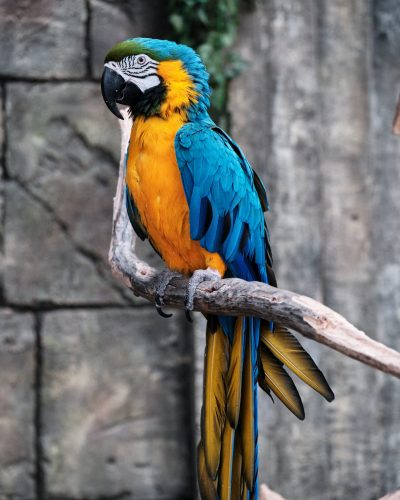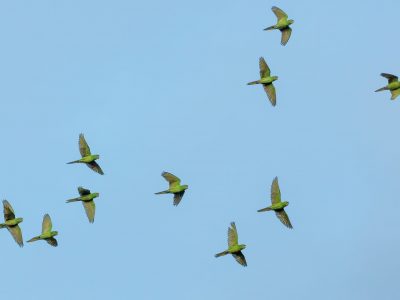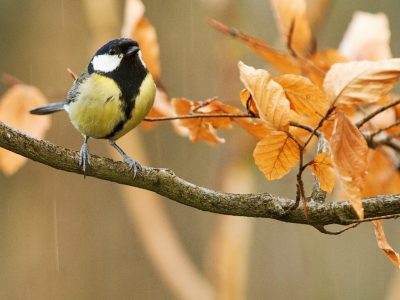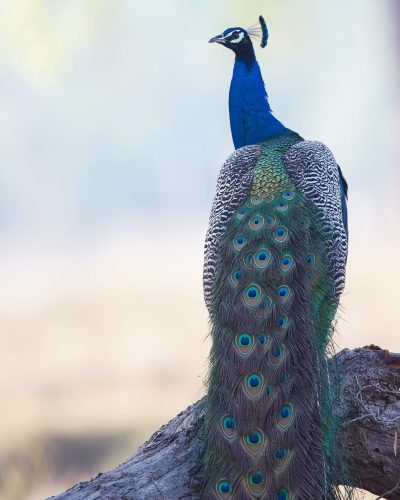It is well known that famous botanists and biologists have long been intrigued by the numerous bird species. They utilized birds as a biological weapon, rapidly spreading various illnesses, as well as weather forecasters and information transmitters after carefully studying all the complexities of their behavior.
The role of an ornithologist nowadays is still important. It functions to keep track of avian flocks, their movements, and their feeding and breeding habits.



